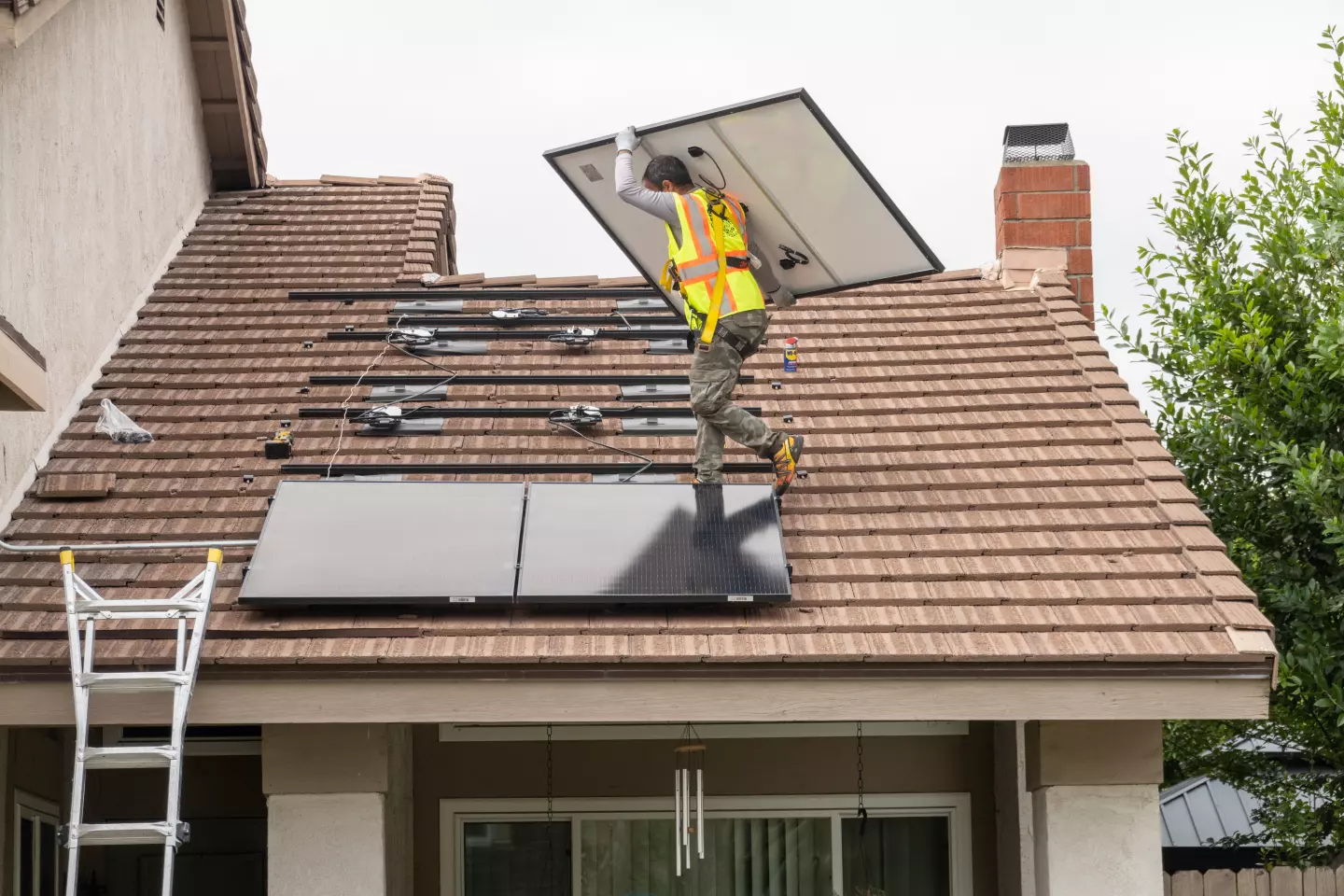Solar Panels: Should You Buy Them? Rent Them? Pass?
time:2023-08-23 09:46:38 Views:0 author:Jinan Freakin Power Ltd.
Figuring out whether rooftop solar would work for your home has always been complicated, involving factors like the size and shape of your roof and the monthly amount you pay for electricity — not just now, but for the coming 20 to 30 years.
Now, add one more wrinkle. Starting April 15, one of the main incentives for rooftop solar — the fees that three of the biggest utilities paid homeowners for the extra electricity that their solar panels generated — plummeted by roughly 75%. The California Public Utilities Commission, which ordered the change, said the previous “net metering” fees had forced millions of Californians who didn’t have solar panels to subsidize the ones who did. (The PUC’s action applied only to Southern California Edison, Pacific Gas & Electric and San Diego Gas & Electric. Municipal utilities like the Los Angeles Department of Power and Water set their own net metering rates.)

“The value of solar did just drop overall,” said Bernadette Del Chiaro, executive director of the California Solar & Storage Assn. “There’s no way to sugarcoat that or get around it. But the real question for consumers is whether there is still enough value in the investment.” Not surprisingly, she argues that there is enough value, whether you buy the panels or purchase the power from a third party. “With ongoing blackouts and rising prices,” she said, “the hope is that consumers don’t totally abandon the technology.” The new rules mean it will take longer to recoup the money you spend on rooftop solar. But the economics improve if you add a storage battery to your system, which would let you draw less power from the utility grid during costly peak hours after the sun goes down. Be forewarned, though — like solar panels, batteries are not cheap.
General Manager Kyle Smith of Solar Optimum, a solar installer based in Glendale, said the new rules are “just an all-out attack” on rooftop solar. “You have to have batteries now for it to financially make sense,” he said, which raises the upfront cost and probably delays the break-even point of the investment. To help you sort through all the factors that will determine whether solar panels are right for your home, The Times talked with experts from the industry and government. Here are their pointers.
Solar panels produce much of their energy in the middle of the day — when you may not be home to use it. Demand for electricity climbs as the sun drops out of the sky, which is also the time that the power supplied by rooftop solar panels is fading to black. Hence, the panels swing from generating more power than your home needs to less, over and over again. The excess power gets sent back to your local utility’s electrical grid at the “net metering” rate. Until April 15, 1 watt of excess power from your panels could buy you 1 watt of power from the grid, which made it straightforward to design and install a rooftop solar system that could wipe out the electric bill from your utility.
And under the old rules, panel owners sold a lot of electricity back to the grid. According to data collected by the PUC, Edison customers exported 44% of the power their panels generated, PG&E customers exported 50%, and SDG&E customers exported 64%. Under the new rules, formally known as Net Energy Metering 3.0, the three investor-owned utilities will pay a wholesale rate for the excess power generated by rooftop solar. The wholesale rate varies over the course of a day and is much higher in the early evening — when solar panels have little to offer. During the peak sun hours, 1 watt of excess solar power will buy only about a one-sixth watt of energy from the grid.
Michael Campbell, a program manager at the PUC’s Public Advocates Office, said the old system forced utilities to pay more for the excess power than it was worth to them. The result, he said, was that too much of the cost of transmitting electricity and improving grid safety was pushed onto people who did not have solar panels. Even supporters of the change agree that it will make solar power less attractive financially. According to the solar industry, the old rates enabled solar panel buyers in Edison’s and PG&E’s territory to recoup their investment in five to six years. Now, the PUC estimates the payback period for Edison customers will be about nine years.
It could have been worse for solar: The PUC had proposed to levy a “grid participation charge” on panel owners of up to $8 per kilowatt of rooftop generating power, but that proposal was dropped from the final rules. In addition, Campbell said, the PUC assumed that utilities will raise their rates 5% a year, but that’s probably too conservative; for example, he noted that Edison has asked for a 23% increase in its base rates for 2025. As a result, he said, an investment in panels should pay for itself sooner than the PUC projected.




